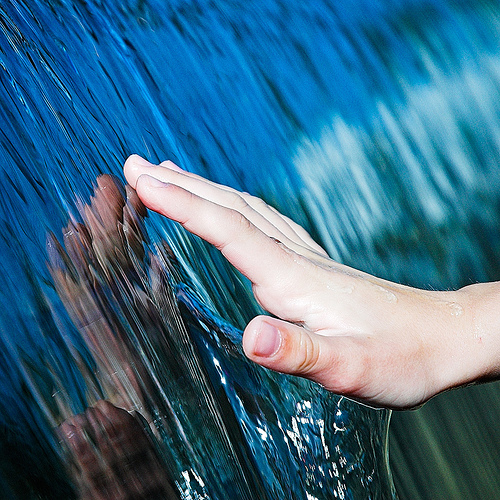Educator Cheryl McCallum talks about one of her favorite SMILE outdoor activities, and how to make it work even if you don’t have “an outdoor space teeming with living things.”
These days, I work in a museum. But before that I was an “outdoor educator,” taking 5th graders on hikes through the East Texas Piney Woods and canoe trips on Lake Livingston.
With my outdoor roots in mind, I took howtosmile for a spin to figure out what they have for “outdoor ed.” First up on my search list was Is It Living? — one of my all-time favorite investigations.
Young kids, up through the early grades, have a hard time identifying what’s alive and what’s not. For example, they may think, “Maybe water is alive, because it moves. Trees are alive because they move. And everything that you can’t see is non-living.”
Is It Living? gets kids outside, where they explore their environment and talk about what in it is alive and what isn’t. It’s these kinds of guided explorations of the natural world that provide a foundation for more sophisticated concepts later on, such as the fact (mentioned in the activity) that living things on Earth require water, but living things in other parts of the universe may not.
If you’d like to try this activity, but don’t feel that you have an outdoor space teeming with living things, do a “micro hike.” Each child can measure out a square foot of outdoor space or put a hula hoop down to define their area. Then with a magnifying glass, they scan the entire area for living and non-living things. If weather permits, have your discussion outdoors rather than going inside.
Cheryl McCallum is Director of Education at the Children’s Museum of Houston, one of SMILE’s founding partners.


* You can follow any responses to this entry through the RSS 2.0 feed.